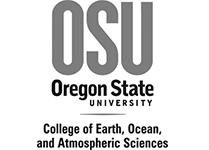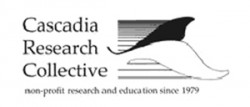Science Work
In the late 90’s Tom Wylie, the vessel’s designer saw the need for an efficient and silent research platform from which the world’s ocean scientists can conduct their valuable work. He began the design and ultimate construction of the Derek M Baylis. Since her launching in 2003, her versatile design has been beneficial in conducting research in a wide range of scientific areas. Within the past 13 years she has served notable organizations such as with the Monterey Bay Aquarium, Oceana, Cascadia Research Collective, NOAA, USGS and many others. Some of the varied tasks that she undertook include debris mapping, mapping the San Andreas Fault, white shark tagging, tracking beaked whales and many others. When conducting research from the Baylis, you will not only be able to collect better data, but you will also be saving money. For example: the average daily fuel bill for the Baylis comes to approximately $90. In most cases our daily rate is not much more than just your cost for fuel to rent a vessel of a similar size.
Want to Learn More?
View:
TESTIMONIALS
CHECK OUT OUR VIDEOS
![]()

